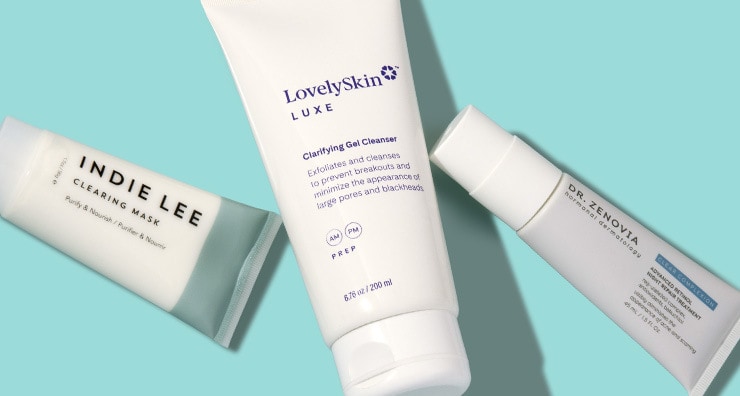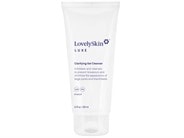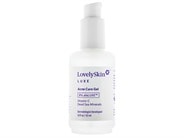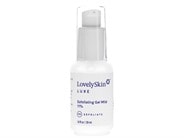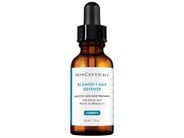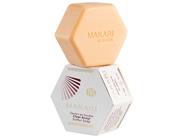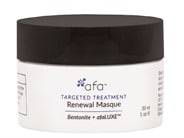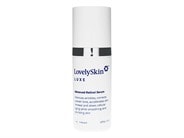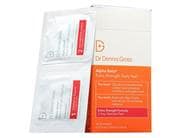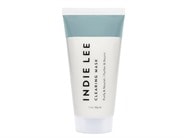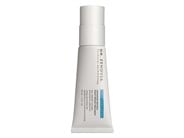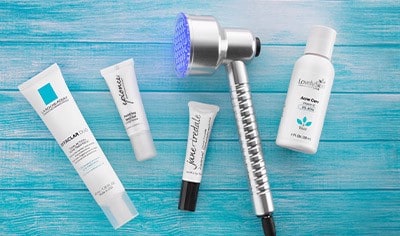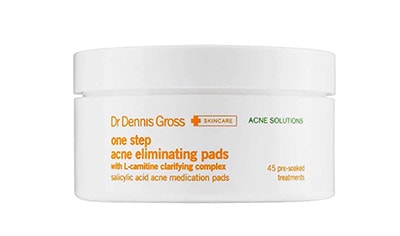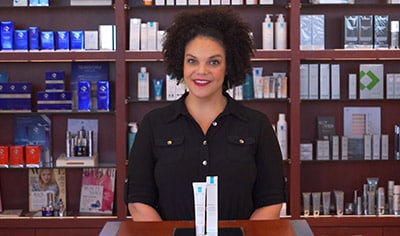Acne can present in many different forms, and whiteheads are one type that might be standing in the way between you and your goal of clear, smooth skin. If you’re struggling with stubborn whiteheads, the good news is you can help them resolve by choosing the right acne treatments and using them consistently. Ready to learn more? We’ll answer some of the most frequently asked questions about whiteheads, including:
Whiteheads are small, raised bumps on your skin. Depending on your skin tone, they might look white, yellow or the same color as your skin.
Whiteheads are caused by oil, a cumulation of dead skin cells and other debris that becomes trapped in your pores. Blackheads, on the other hand, are the result of this debris being exposed to oxygen, which causes the dark discoloration. Because whiteheads never reach the surface or become exposed to air, they remain white or skin-toned in color.
Whiteheads can form anywhere on your skin but are most likely to occur on the chin, forehead and nose where the skin tends to be more oily. Whiteheads can also appear on the back, chest and upper arms.
If you’re wondering if you should pop whiteheads, the answer is no. Unlike picking at your skin, picking an acne treatment with the right active ingredient can help.
“While popping or picking at whiteheads may seem like a good idea, it never turns out well,” says Dr. Joel Schlessinger, LovelySkin CEO as well as board-certified dermatologist, Mohs surgeon and cosmetic surgeon. “Most often, what happens is just a scar or a long-term red mark that lasts longer and looks worse than the whitehead ever would have! We find that the LovelySkin Clarifying Gel Cleanser and the Acne Care 9% or Gel Mild 11% can exfoliate nicely and, with time, result in fewer whiteheads or the disappearance of those that are there. If the whiteheads refused to go away, it may be time to see your dermatologist, who can easily zap them away with an electrical current procedure.”
Here’s the lowdown on four common skin care ingredients that can help diminish whiteheads you currently have on your face as well as prevent future whiteheads from forming.
1) Retinoids
Retinoids are vitamin A derivatives available by prescription or over the counter and help improve and prevent acne, including whiteheads. Topical retinoids such as tretinoin are popular options. Topical skin treatments with retinoids also have the advantage of helping improve the appearance of acne scarring, fine lines and wrinkles, making this category of active ingredient a serious multitasker.
If you’re looking for an over-the-counter retinoid to help improve whiteheads, adapalene is a prescription-strength option now available over the counter. La Roche-Posay Effaclar Adalapene Gel 0.1% Acne Treatment helps clear and prevent whiteheads as well as blackheads and pimples by keeping dead skin cells from building up and blocking your pores. This formula is intended to be used not as a spot treatment but rather an all-over treatment for your face or other acne-prone areas, such as the back or chest.

Retinol is another acne-fighting retinoid that is available over the counter. LovelySkin LUXE Retinol Serum helps reduce whiteheads and other acne caused by clogged pores with 0.5% retinol and a skin-soothing blend of lipids.
Dr. Zenovia Skincare Advanced Retinol Night Repair Treatment combines retinol with an antioxidant blend of green tea, caffeine, vitamin E and aloe vera to help soothe and calm imbalanced skin.
2) Salicylic acid
Salicylic acid is a beta hydroxy acid (BHA) that’s well-known for its acne-fighting powers, and it does a great job helping to resolve existing whiteheads as well as preventing future whiteheads from forming. Dr. Dennis Gross Skincare Alpha Beta Extra Strength Daily Peel is a two-step skin peel that helps renew your skin by exfoliating dead skin cells with salicylic acid as well as glycolic acid.

SkinCeuticals Blemish + Age Defense Salicylic Acid Serum delivers a one-two punch of acne-fighting and anti-aging benefits with salicylic acid as well as other exfoliating acids, such as glycolic, citric, lipo-hydroxy and dioic acids. Together, these ingredients help decongest pores, smooth fine lines and reduce excess oil that leads to whiteheads and other types of acne.
3) afaLUXE
A novel dermatologist-developed ingredient, afaLUXE is a blend of vitamin C, Dead Sea minerals and amino-based filaggrin antioxidants that helps refine your skin by encouraging natural exfoliation. The result? Fewer whiteheads, blackheads and breakouts, plus an improvement in your skin’s natural moisture balance.
You can find afaLUXE in the LovelySkin LUXE Clarifying Gel Cleanser, LovelySkin LUXE Exfoliating Gel Mild 11% and afa Renewal Masque. The cleanser can be used twice daily to remove makeup while exfoliating your skin with afaLUXE as well as glycolic and salicylic acids. The mild exfoliating gel is a once-daily treatment that helps improve skin texture with 11% afaLUXE. For use once or twice a week, the face mask combines the exfoliating power of afaLUXE with oil-absorbing bentonite clay to help clear pores and reduce whiteheads as well as blackheads and pimples.
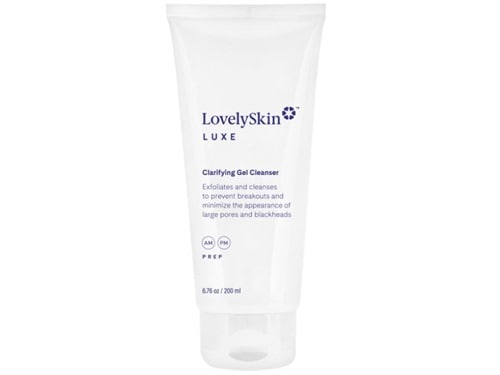
4) Sulfur
Sulfur is yet another ingredient that can help improve whiteheads as well as blackheads and pimples. Sulfur-based soap has been on the market for years but is now seeing a resurgence in popularity thanks to social media buzz on TikTok. One sulfur soap option to consider is Makari Clear Acnyl Sulfur Soap, which combines the anti-acne properties of sulfur with hydrating glycerin) and palm oils.
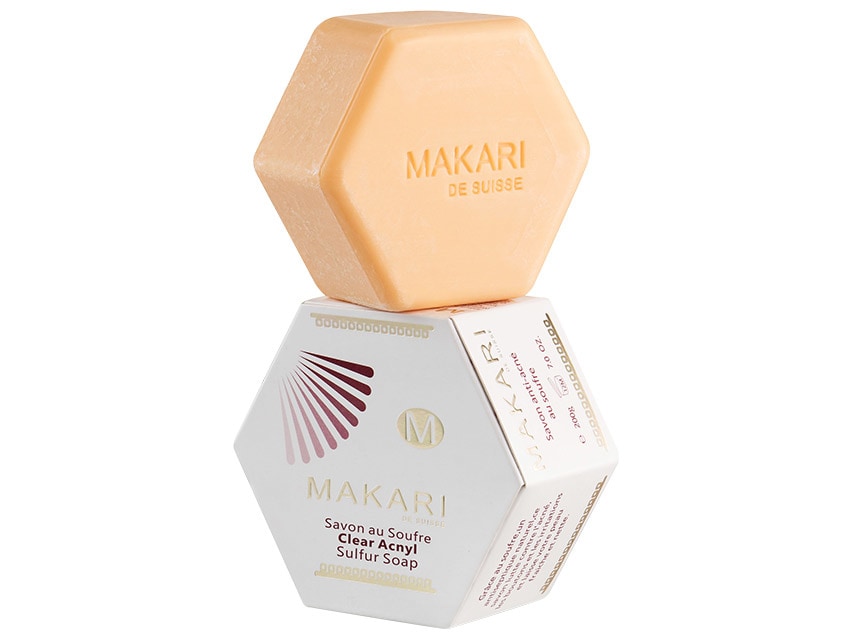
Other skin care treatments containing sulfur include Clinicians Complex Acne Drying Lotion, a spot treatment that combines 10% sulfur with salicylic acid and camphor to help reduce the size and severity of breakouts, including pimples and stubborn whiteheads.
For a deep cleanse, Indie Lee Clearing Mask helps improve congested skin by drawing out the impurities blocking your pores with clay and sulfur. It also has exfoliating benefits thanks to glycolic acid and delivers a boost of hydration with hyaluronic acid.
Did you know that whiteheads can be mistaken for other skin conditions, such as milia? You can learn how to tell the difference between different kinds of white spots on your skin on the LovelySkin Blog.


